- Home
- Articles
- Architectural Portfolio
- Architectral Presentation
- Inspirational Stories
- Architecture News
- Visualization
- BIM Industry
- Facade Design
- Parametric Design
- Career
- Landscape Architecture
- Construction
- Artificial Intelligence
- Sketching
- Design Softwares
- Diagrams
- Writing
- Architectural Tips
- Sustainability
- Courses
- Concept
- Technology
- History & Heritage
- Future of Architecture
- Guides & How-To
- Art & Culture
- Projects
- Interior Design
- Competitions
- Jobs
- Store
- Tools
- More
- Home
- Articles
- Architectural Portfolio
- Architectral Presentation
- Inspirational Stories
- Architecture News
- Visualization
- BIM Industry
- Facade Design
- Parametric Design
- Career
- Landscape Architecture
- Construction
- Artificial Intelligence
- Sketching
- Design Softwares
- Diagrams
- Writing
- Architectural Tips
- Sustainability
- Courses
- Concept
- Technology
- History & Heritage
- Future of Architecture
- Guides & How-To
- Art & Culture
- Projects
- Interior Design
- Competitions
- Jobs
- Store
- Tools
- More
The Essential Role of Roofing in Defining Your Home’s Overall Architecture

Among the various components of a home, roofing is what shapes its character and functionality. The choice of roofing materials and styles can transform an ordinary house into an impressive dwelling that commands attention. Know that the options are vast, and each style offers distinct advantages that improve the overall architecture.
The integration of additional materials can boost performance and longevity for a more well-rounded application. Dive further into the subject of roofing — it becomes clear that this aspect deserves thoughtful consideration in any architectural decision.

Table of Contents
ToggleThe Role of Underlayment in Roofing Systems
Underlayment is an indispensable feature that goes unnoticed. It acts as a protective layer between the roofing material and the underlying roof deck, safeguarding against water intrusion, ice dams, and moisture buildup. Specifically, using tar paper right can result in many benefits, including durability. This material forms a tough barrier, adding an extra layer of protection during inclement weather.
High-quality underlayment can improve thermal efficiency, reducing heat loss in colder months and keeping homes cooler during the summer. With the right underlayment, homeowners will know that their roofing is well-equipped to handle various weather challenges. Investing in an appropriate underlayment fortifies your roof and complements the home’s architecture.
The Impact of Roofing Materials on Aesthetics
Various options can dramatically change how a house fits within its surrounding environment. Clay tiles, slate, and wood shakes all provide a classic look, evoking a sense of timeless elegance. Contemporary materials like metal and synthetic shingles are becoming increasingly popular for their sleek, modern appearance.
As for colors, lighter hues can make a structure feel more inviting; darker tones can offer a dramatic contrast that enhances architectural lines. Texture adds another layer of complexity to design. A mix of materials can create depth and visual interest, elevating a home’s curb appeal. The chosen roofing material protects your house and works in harmony with its style, contributing to a well-coordinated design.
The Functional Benefits of Roofing
The primary function of any roof is to protect against weather elements, including rain, snow, and wind. Quality roofing materials provide a barrier, preventing moisture from infiltrating the home’s interior and causing damage.
Effective roofing systems offer energy efficiency benefits. Proper insulation can reduce heating and cooling costs and allow homeowners to maintain a comfortable indoor environment and minimize environmental impact at the same time. Advanced roofing technologies can keep homes cooler in hot climates. This combination of protection and energy savings makes investing in high-quality roofing a necessity for both current occupants and future buyers.
Selecting the Right Roof Style for Your Home
The selection of the appropriate roof style allows homeowners to align their preferences with the architectural trends of their neighborhood. Gable roofs are favored for their classic appearance and efficient water drainage, suitable for wet climates. Flat roofs offer a minimalist look and provide additional living space, such as rooftop gardens or terraces. Hip roofs are another versatile option, providing stability and aesthetic charm.
When considering roof styles, reflect on personal taste, the local climate, and zoning regulations. Certain styles may be more effective for handling specific weather conditions, and some areas may mandate particular designs to preserve the visual cohesiveness of the neighborhood.
Environmental Considerations in Roofing Choices
With rising awareness regarding environmental issues, many homeowners are seeking eco-friendly roofing options. Recycled shingles, metal, or sustainably sourced wood can all reduce a home’s carbon footprint. Integrating energy-efficient designs and materials supports sustainable living, which resonates with many modern homeowners.
Green roofing options—including living roofs—also come with improved air quality and natural insulation. By choosing environmentally friendly materials, individuals contribute to global efforts to reduce waste and promote sustainability. Homeowners need to weigh both the aesthetic appeal and the sustainability factor when selecting roofing materials. This consideration aligns personal values with architectural decisions, creating homes that are both beautiful and responsible.
Maintenance and Longevity of Roofing Systems
Different materials and styles will require varying levels of upkeep, so homeowners can familiarize themselves with specific needs. Traditional materials like wood shakes require periodic treatment against rot; metal roofs may need less frequent maintenance due to their durable nature.
Cleaning gutters and inspecting for damage after severe weather can prevent more extensive issues from arising later. Proactive maintenance extends the lifespan of the roof and safeguards the overall architecture of the home. Develop a regular inspection schedule and call in professionals to conduct thorough checks at least once a year. The roof can remain secure and a functional element of your home’s architecture.

Roofing defines the home’s overall architecture and influences both aesthetics and functionality. From material choices to maintenance needs, the consideration given to roofing can impact a home’s design and longevity. By understanding the essential role that roofing plays, homeowners can make informed decisions that contribute positively to their homes.
illustrarch is your daily dose of architecture. Leading community designed for all lovers of illustration and #drawing.
Submit your architectural projects
Follow these steps for submission your project. Submission FormLatest Posts
Exterior & Interior Remodeling Tips Every Homeowner Should Consider
Home upgrades reshape comfort, improve function, and strengthen long-term property value. Whether...
Top 8 Luxury Vacation Rentals Features Guests Love Most
A luxury vacation rental offers an entirely different experience than a typical...
Why Local Expertise Matters: Choosing the Right Plumbers in Townsville
Why Local Expertise Matters: Choosing the Right Plumbers in Townsville When it...
Bathroom Remodel ROI: How to Add $15–30K to Your Home Value in 2025-2026
Outdated bathrooms can drag a listing 20-30% longer on the market. Buyers...





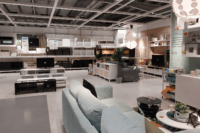
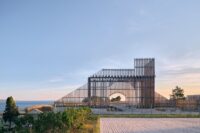
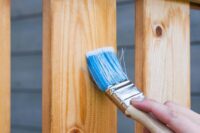
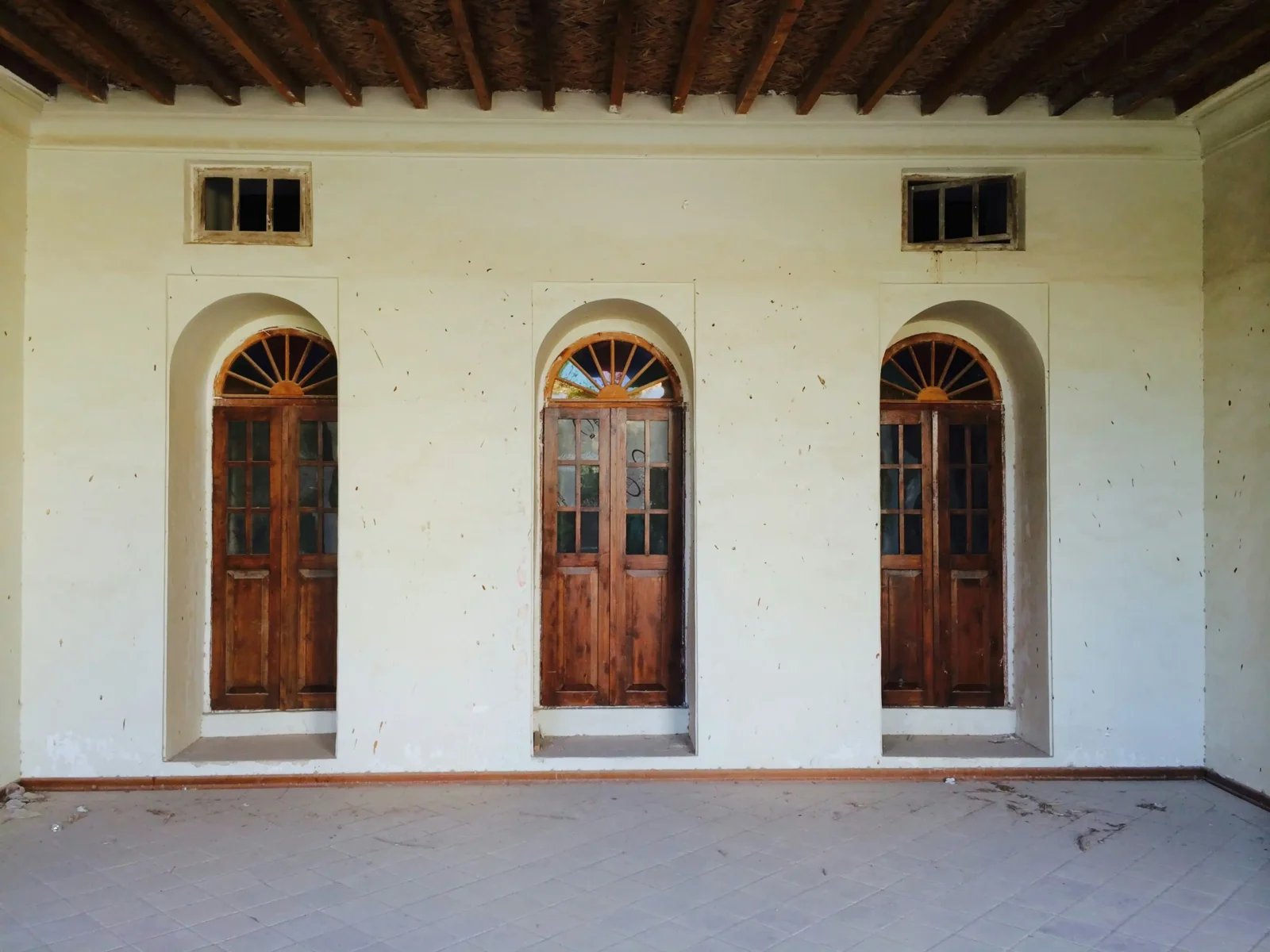
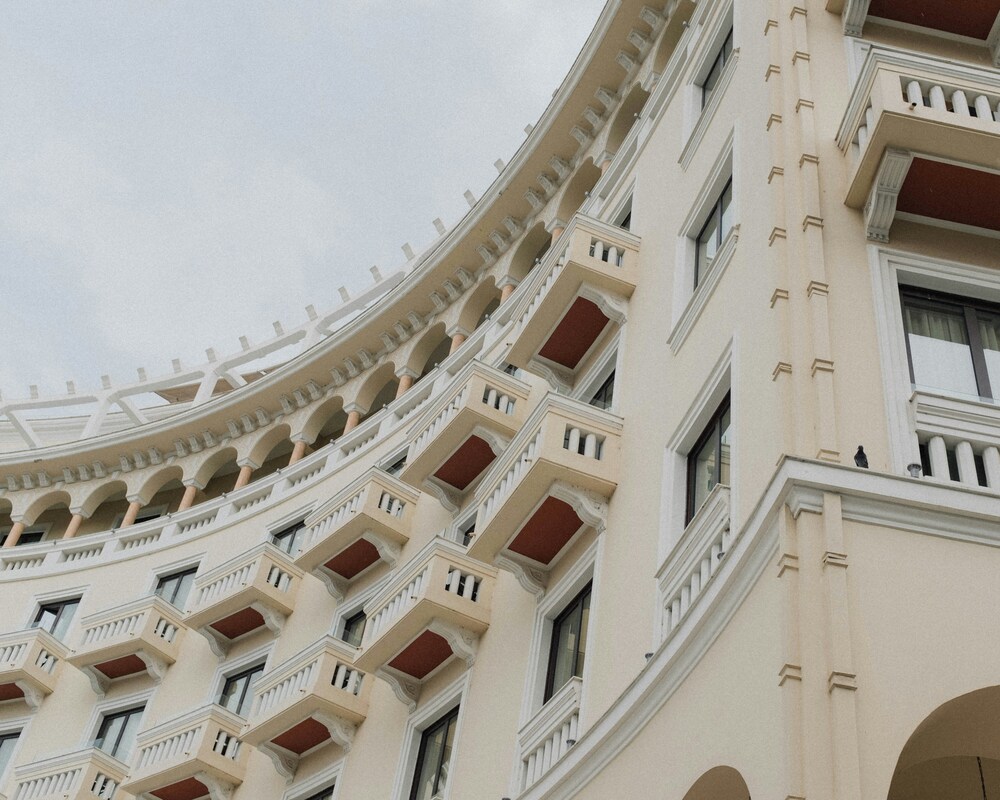


Leave a comment